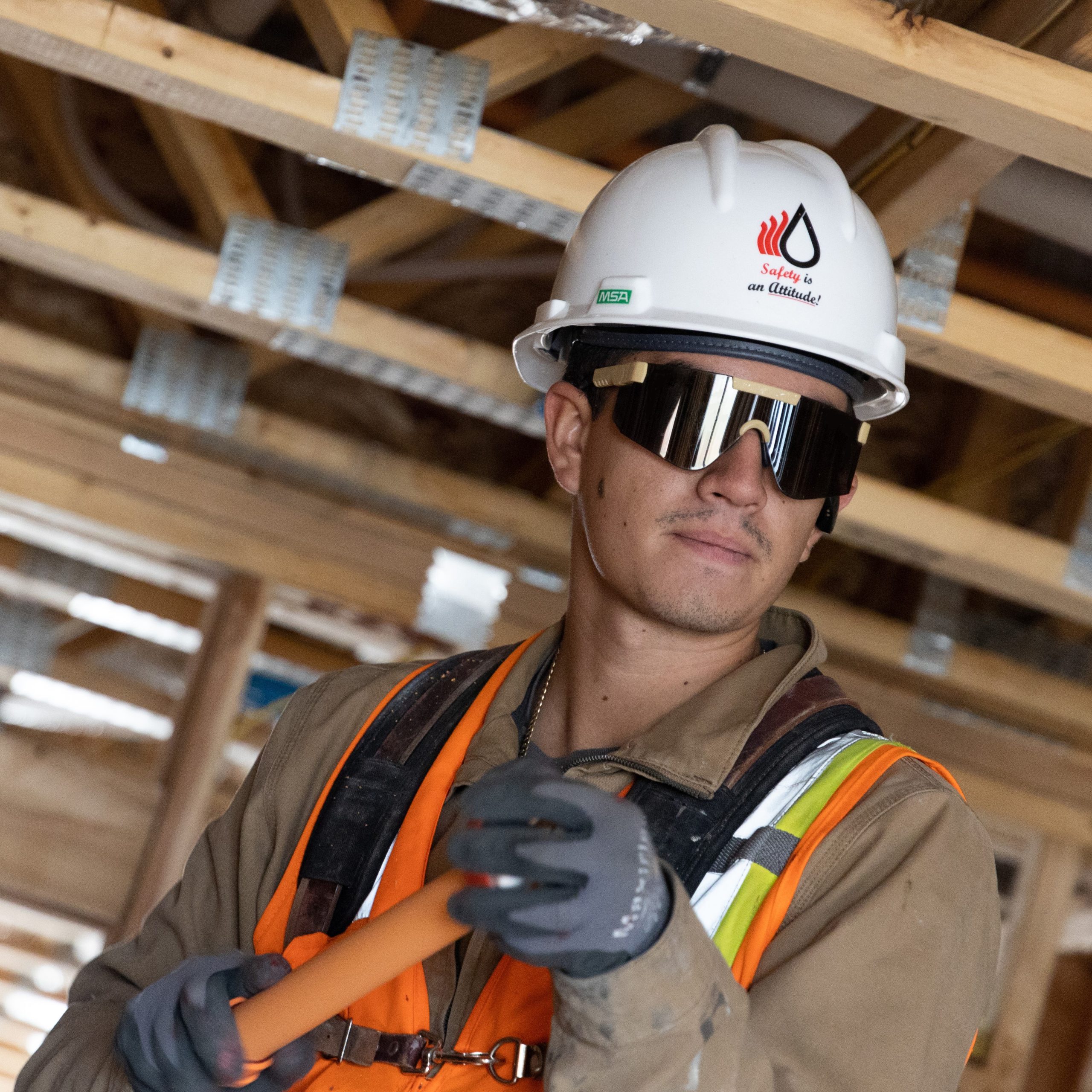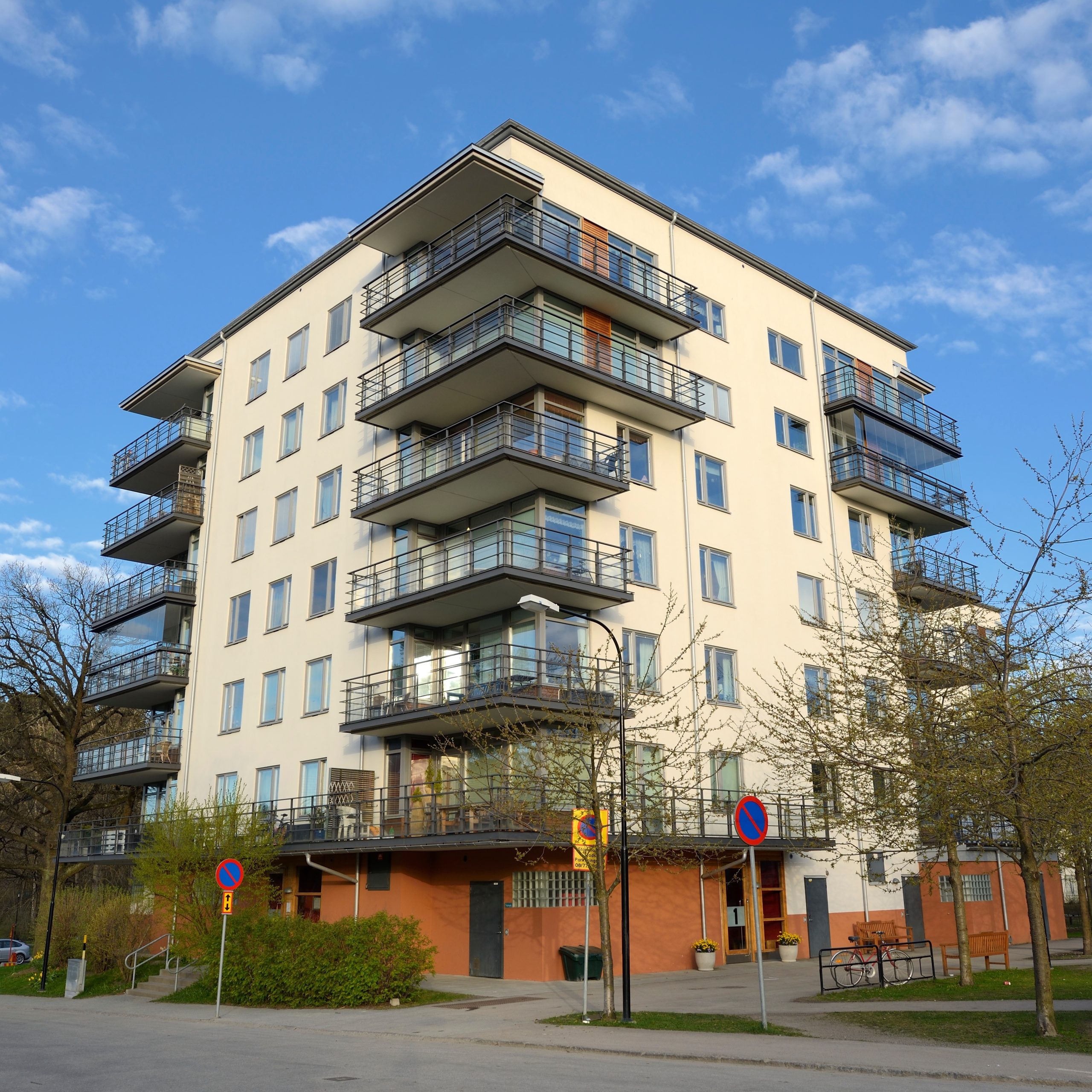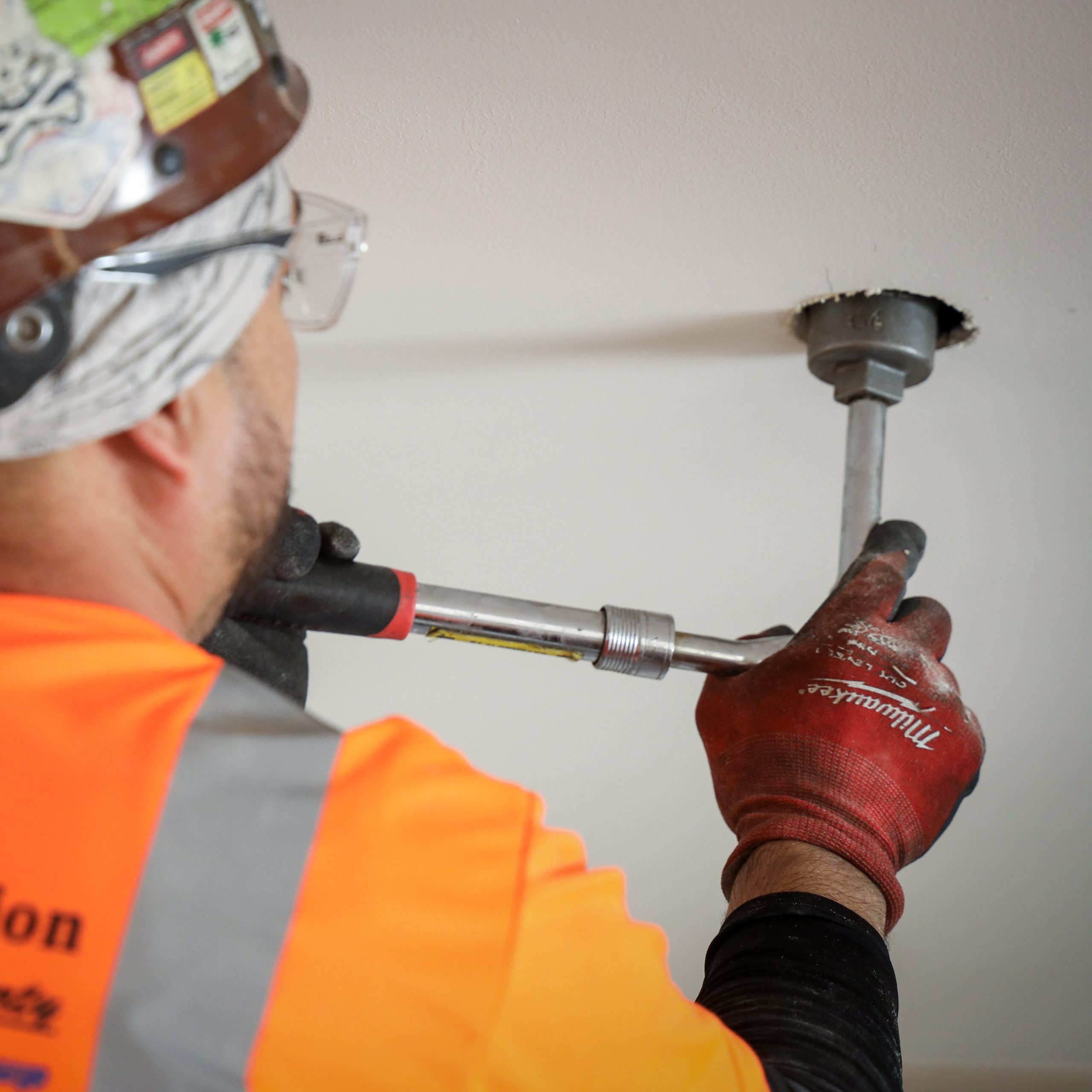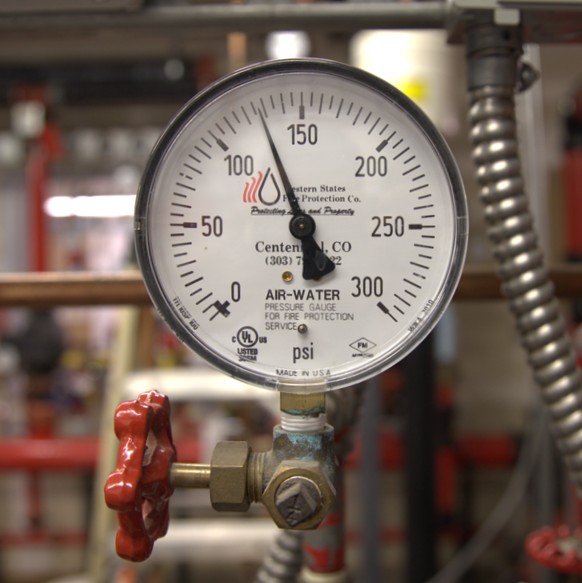Commercial versus Residential Fire Protection
Commercial buildings are typically larger and more complex than residential homes. As a result, commercial properties often require more complex fire protection measures than homes. In addition, commercial properties are used for various purposes including retail, entertainment, food service, and more, and their fire protection systems must be adapted accordingly.
Residential Fire Protection
Some common forms of fire protection that can be found in homes include:
- Fire extinguishers
- Smoke detectors
- Fire sprinkler systems
Residential Sprinkler Systems
One big difference between commercial and residential fire protection is that in many homes, fire sprinkler systems are not required by law. Commercial properties are required to have fire sprinkler systems. Many homeowners choose to install fire sprinkler systems to help keep their property and people safe, and they may see a reduction in insurance premiums when sprinklers are present.
Residential sprinkler systems are typically less complex than commercial sprinklers. They are usually connected to the domestic water supply and may have smaller sprinkler heads that blend in with the home’s aesthetics. The standards and requirements for residential fire sprinkler systems can be found in NFPA 13D.
Commercial Fire Protection
Commercial applications typically require more complex fire protection measures than residential homes. Some common fire protection systems that are found in commercial buildings include:
- Fire sprinkler systems
- Fire suppression systems
- Fire alarm and detection systems
- Fire extinguishers
- Alarm monitoring systems
The fire protection systems that are found in commercial buildings will vary depending on building size, type of occupancy, and local or state regulations.
Commercial Sprinkler Systems
NFPA 13, the Standard for Installation of Sprinkler Systems, requires fire sprinkler systems in these commercial buildings:
- All new commercial structures with a fire area of more than 5,000 square feet must have automatic fire sprinkler systems installed.
- Any remodeling or expansion that extends the fire area beyond 5,000 square feet, or any single tenant increase in occupancy requiring a new certificate of occupancy, will require sprinkler systems to be installed throughout the building.
- Buildings more than 55 feet tall must have automatic sprinkler systems installed in all of the structures.
- Sprinkler systems are required in townhomes with more than two residential occupancy units within a structure.
Commercial Fire Suppression
In some commercial settings, fire suppression systems that go beyond basic traditional sprinkler systems are required. For example, data centers, restaurants, and museums may need suppression systems that utilize agents other than water to protect against fire.
Commercial Alarm & Detection
When it comes to fire alarm and detection systems in commercial buildings, uniquely designed systems that include interlinked elements and a central control panel are required. Many commercial alarm systems are required to have 24/7 monitoring and are required to be inspected and tested on a regular basis by fire protection professionals.
WSFP Provides Residential & Commercial Fire Protection
Western States Fire Protection can provide commercial and residential fire protection systems. We can design and install fire sprinkler, fire suppression, and fire alarm systems to fit the unique requirements of your building. We can also provide inspections, testing, and service for your commercial fire protection systems to keep them functional and code compliant. Contact us today to learn more about our services.



